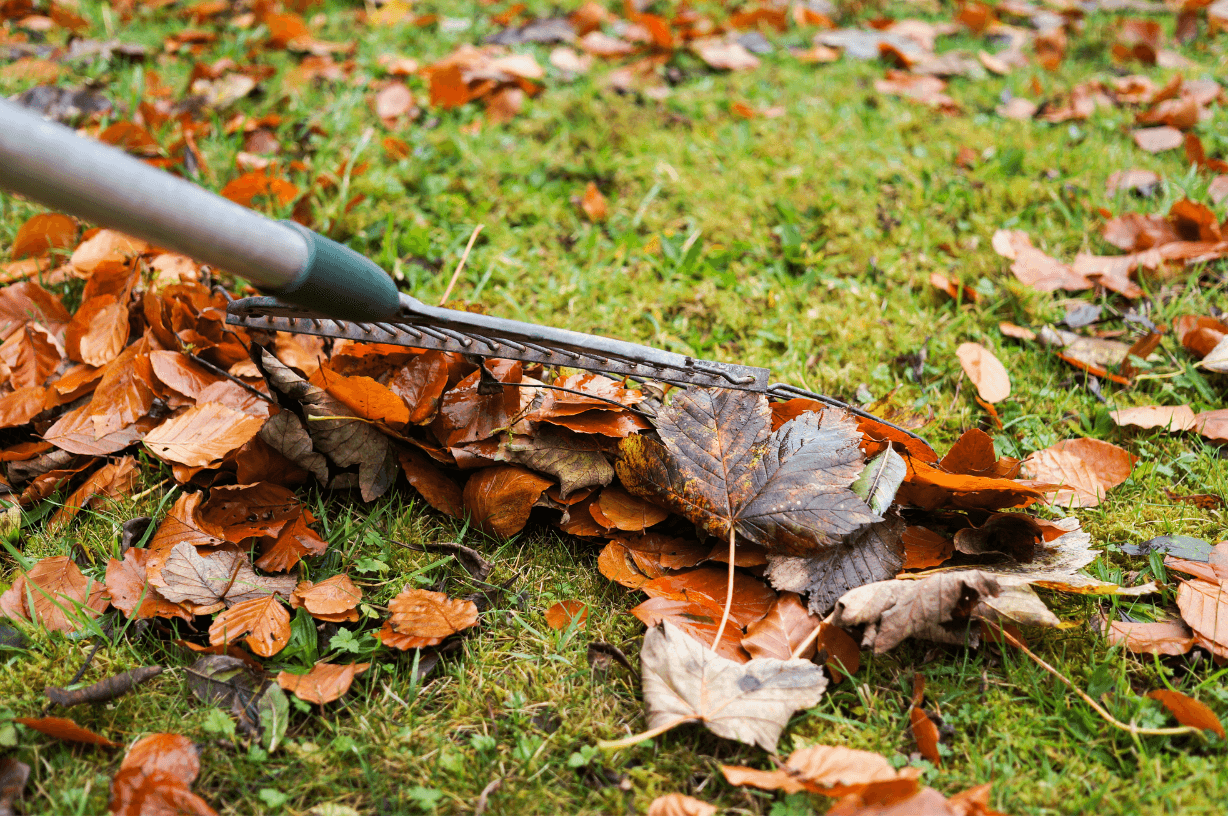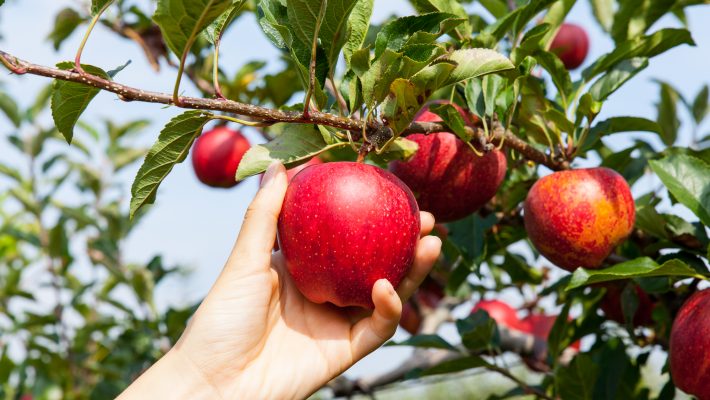Finally, the temperatures are starting to decrease. It won’t be long before the leaves on the trees start changing into the vivid hues of autumn – but that doesn’t mean it’s time to pack away the yard tools just yet!
If you want to set yourself up for an easier, greener lawn in the coming year, there are a few basic steps you should take today. Autumn lawn care can be just as important (maybe even more so) than the steps you take in the spring.
If you’re ready to get a jump start on Summer 2024, no worries. You still have plenty of time to coax your yard into tip-top shape. Here are a few of our tips for handling fall lawn maintenance.
1. Don’t Stop Mowing
As the days get shorter and cooler, your grass growth slows down. But it still needs to be mowed. Adjust your lawnmower’s blade height to ensure you don’t cut the grass too short. A good rule of thumb is to keep your grass at a height of around 3 inches. Taller grass provides better shade for the soil, reducing evaporation and inhibiting weed growth.
That changes, however, when you’re ready to perform the last mow of the season, which usually precedes the region’s first expected frost). At that point, you should drop your blade and cut the grass a bit shorter, so it won’t get weighed down and matted under the winter snow. That technique helps reduce the chance of mold growing on your lawn when it gets wet.
2. Clean Up Any Thatch
That layer of dead grass and debris that accumulates on the surface of your lawn when you mow is called “thatch.” Too much of thatch can hinder your lawn’s water and nutrient absorption, inhibit growth in the spring and allow fungal diseases to take hold throughout the lawn. The latter is particularly resistant and often difficult to eradicate.
So, how does one remove thatch? By using a de-thatching rake, of course! This should be done before aerating and overseeding for the best results for your lawn.
3. Aerate Your Soil
Aeration involves perforating the soil with small holes to loosen it. This process allows water, nutrients and air to penetrate deeply into the root zone, which ultimately makes for a healthier lawn. By loosening the soil, you also make it easier for tender roots and shoots to grow.
Fall is an excellent time for lawn aeration because the cooler temperatures and moisture levels make it easier for grass to recover from the process. While you can do this on your own, many people hire a lawn service for this job because it can be labor-intensive.
4. Fertilize for Winter Survival
Fertilizing your lawn in the fall is another essential step when fortifying your grass against the harsh winter weather yet to come. Fertilizing in the fall, when the grass is largely dormant, gives your grass a chance to really absorb those nutrients over the winter.
Look for a high-quality, slow-release fertilizer with a balanced ratio of nitrogen, phosphorus, and potassium. Those ingredients in your fertilizer will strengthen the roots of your grass, making them more resilient to cold temperatures and stress.
5. Overseed Any Bare Spots
Did the summer heat, foot traffic or pets do some damage to your lawn this year? If you have a few bare or thinning spots in your lawn, overseeding in the fall can often mitigate the damage.
Overseeding involves spreading grass seed thickly over these areas to promote thicker and healthier grass growth. Make sure to choose a seed mix that matches your existing grass type for a seamless blend and spread some seed throughout the entire yard, not just in the problem areas.
6. Keep the Weeds Down
Weeds are a persistent problem for any lawn, and they can thrive in the fall if left unchecked. Before the first frost, apply a broad-spectrum herbicide or other weed-control methods to eliminate common weeds like crabgrass, dandelions and other unwanted plant life. Getting rid of them now will save you from fighting a bigger weed problem in the spring.
If you prefer natural methods, consider using a mixture of vinegar, salt, and dish soap to create an eco-friendly weed killer. This can be a safer alternative if you have pets or children playing in your yard.
7. Keep Watering
Even though fall typically brings more moisture to the ground than summer, don’t assume your lawn is getting enough water. Continue to water your lawn as needed to ensure the roots of your grass stay hydrated and healthy.
Deep, infrequent watering is more effective than frequent shallow watering because it encourages deep root growth, so consider adjusting your schedule accordingly. If you have an automatic sprinkler system, reduce the frequency and duration of watering sessions. But keep an eye on the weather so that you don’t accidentally flood the lawn when the autumn rains start falling.
8. Rake Leaves Promptly
That carpet of colorful leaves that covers the yard in the fall may be gorgeous and picturesque, but it can really damage your lawn. The leaves block sunlight and air from reaching the grass, which causes mold and fungi to take root and start growing.
It’s crucial to rake the fallen leaves regularly to keep your lawn breathing and thriving. If you have a mulching mower, consider using it to run over the leaves and put the mulch on your flower beds. You can even use it to create a compost pile for spring fertilization.
9. Clean and Stow Your Equipment
Once the first frost hits, it’s finally time to pack away all the yard tools – but don’t forget to clean them first. Drain fuel from lawn mowers and other gas-powered tools to prevent gum buildup, rust, and damage during the winter months. Store your tools in a dry, secure place to extend their lifespan.
Fall lawn maintenance is a crucial part of keeping your yard healthy and vibrant throughout the changing seasons. With a little effort now, you can enjoy a beautiful, lush lawn that enhances your outdoor space year-round. So, roll up your sleeves, grab your rake and get started!
amanda.phillips@talktotucker.combill.ingram@talktotucker.combrad.layton@talktotucker.comeditors-pickerina.pribyshchuk@talktotucker.comfeaturedlloyd.zimmerman@talktotucker.commark.callahan@talktotucker.commary.layton@talktotucker.compriscila.hale@talktotucker.comterri.mcgraw@talktotucker.com




